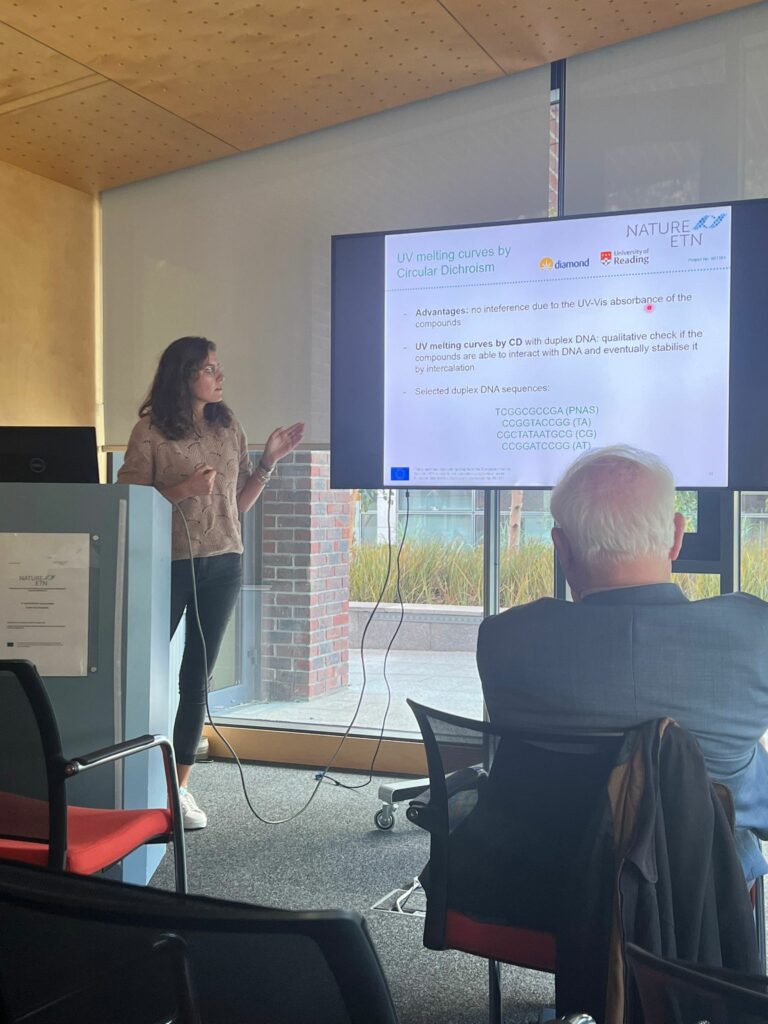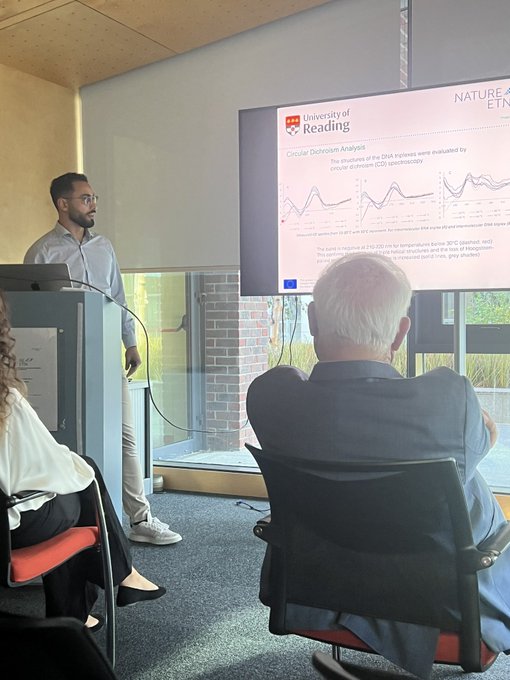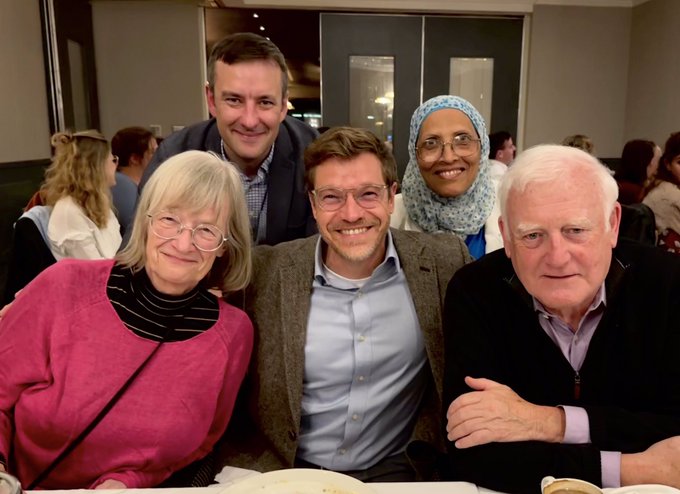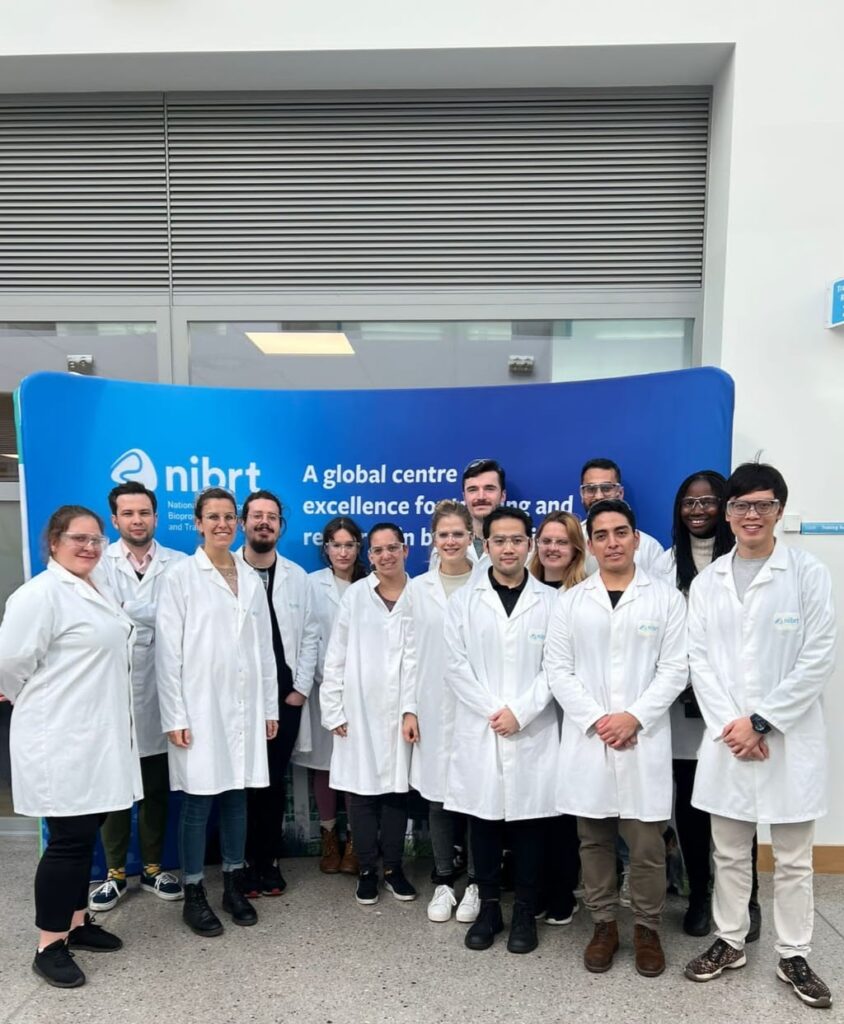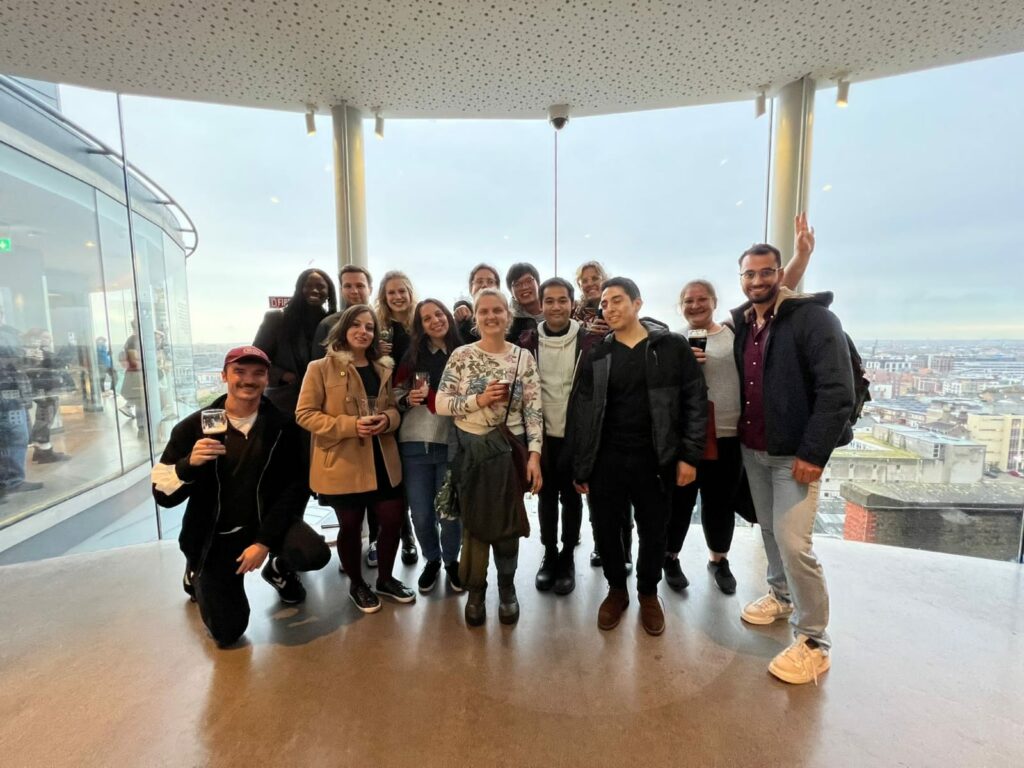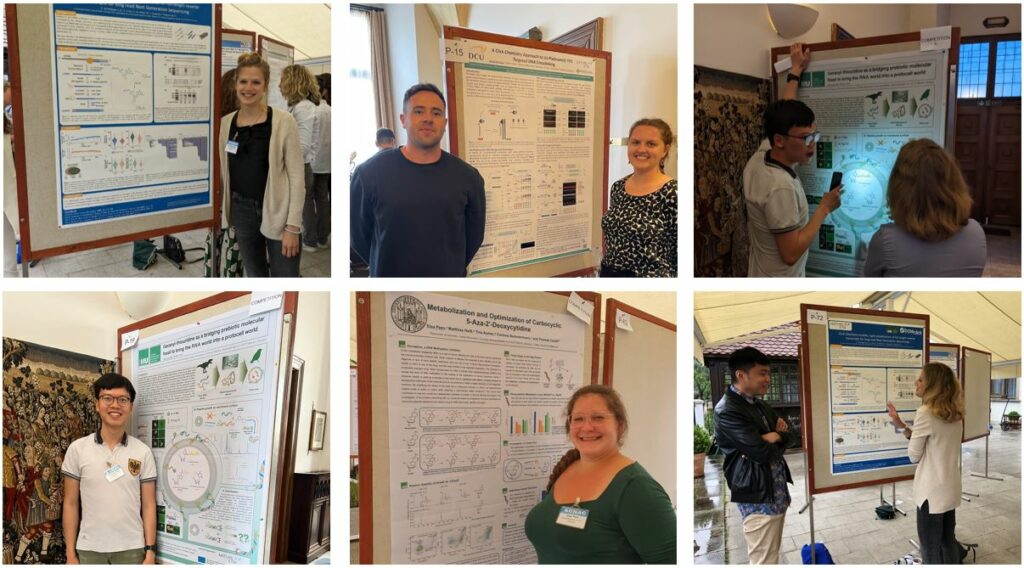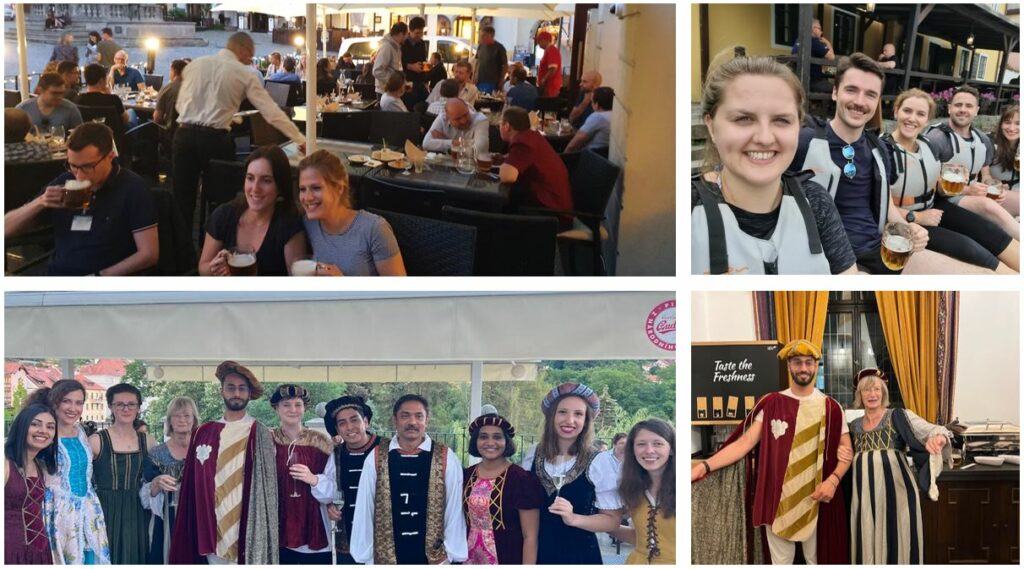The Early-Stage Researchers (ESRs) were thrilled to participate in the 5th training week about nucleic acids and crystallography. The first two days were spent attending the Oligo 2023 conference in Oxford. They listened to experts talk about nucleic acid, base modification, aptamers, and more. They were fascinated by the new developments and ideas in this field.
After the conference, the ESRs visited the Oxford Nanopore Technologies research facilities. They gained a deep understanding of how the research industry works and how scientists turn their ideas into reality. The ESRs were impressed by the state-of-the-art facilities and the advanced equipment used for research.
The next two days were spent at the University of Reading, where the ESRs attended engaging talks about crystallography and data processing. They had the opportunity to participate in hands-on activities such as crystallisation, plate preparation, high throughput robot, and learning to recognise and collect good crystals. Finally, they collected data from the X-ray, which was an exciting experience for them.
After a free afternoon spent in London, the ESRs were welcomed at Diamond Light Source. They were given an intense tour of the different facilities and beam lines available at the synchrotron. They gained an understanding of the Cryo-EM and laser technology used in the field of structural biology for protein and nucleic acids. It was an eye-opening experience for them, and they had a lot of fun learning about this exciting field. Overall, the ESRs found the 5th training week about nucleic acids and crystallography to be an enlightening experience. They were exposed to the latest developments in the field, and the hands-on experience provided them with a deeper understanding of the processes involved. They were inspired to continue their research with renewed enthusiasm and curiosity.

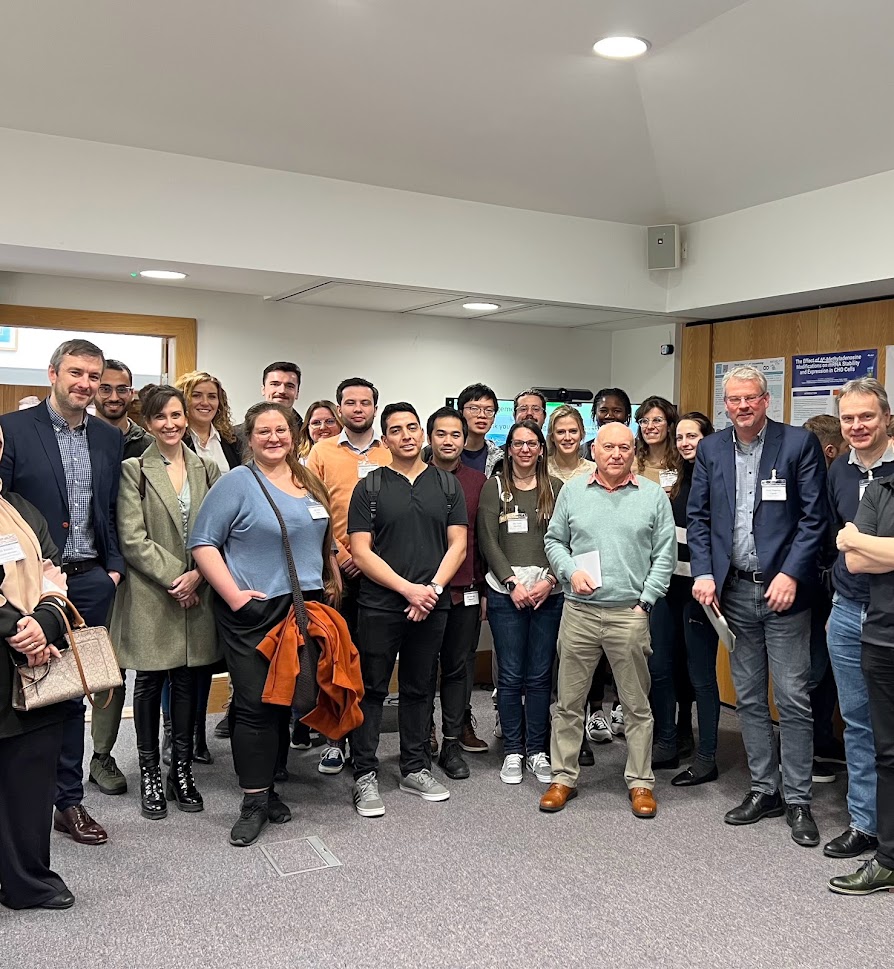


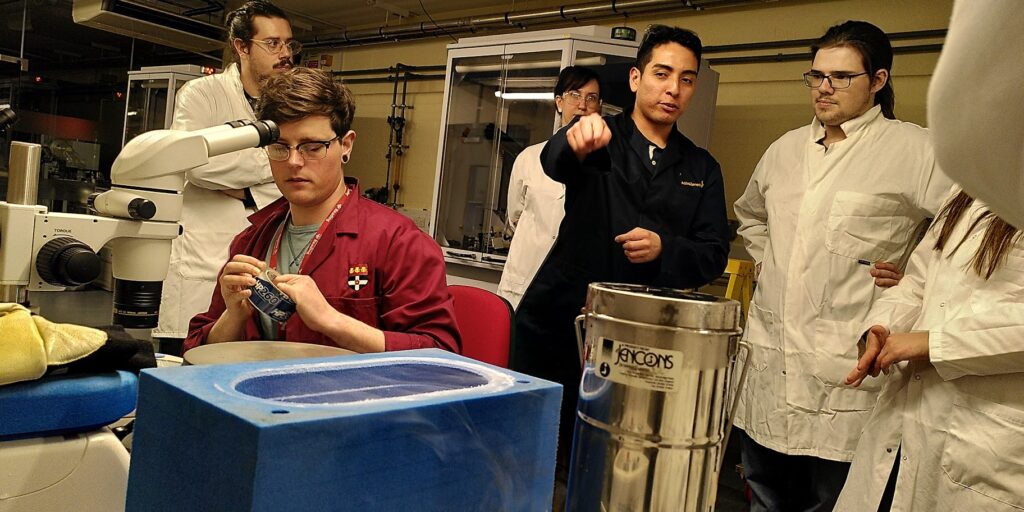
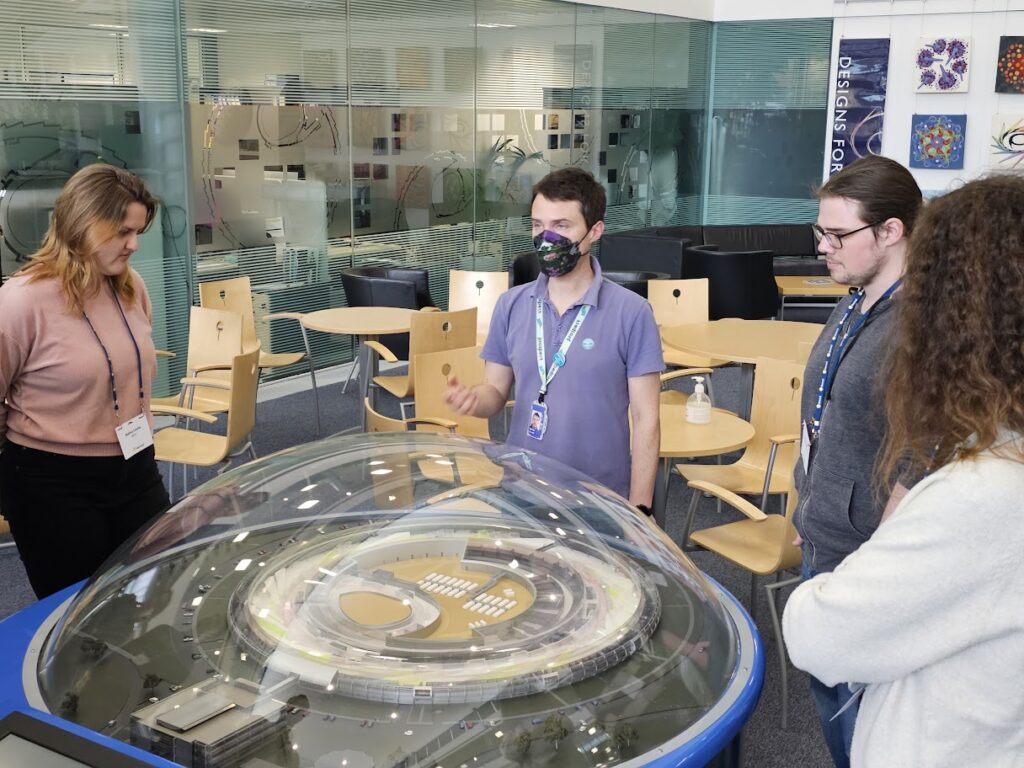
By Ahmad Abdullrahman (ESR4)








